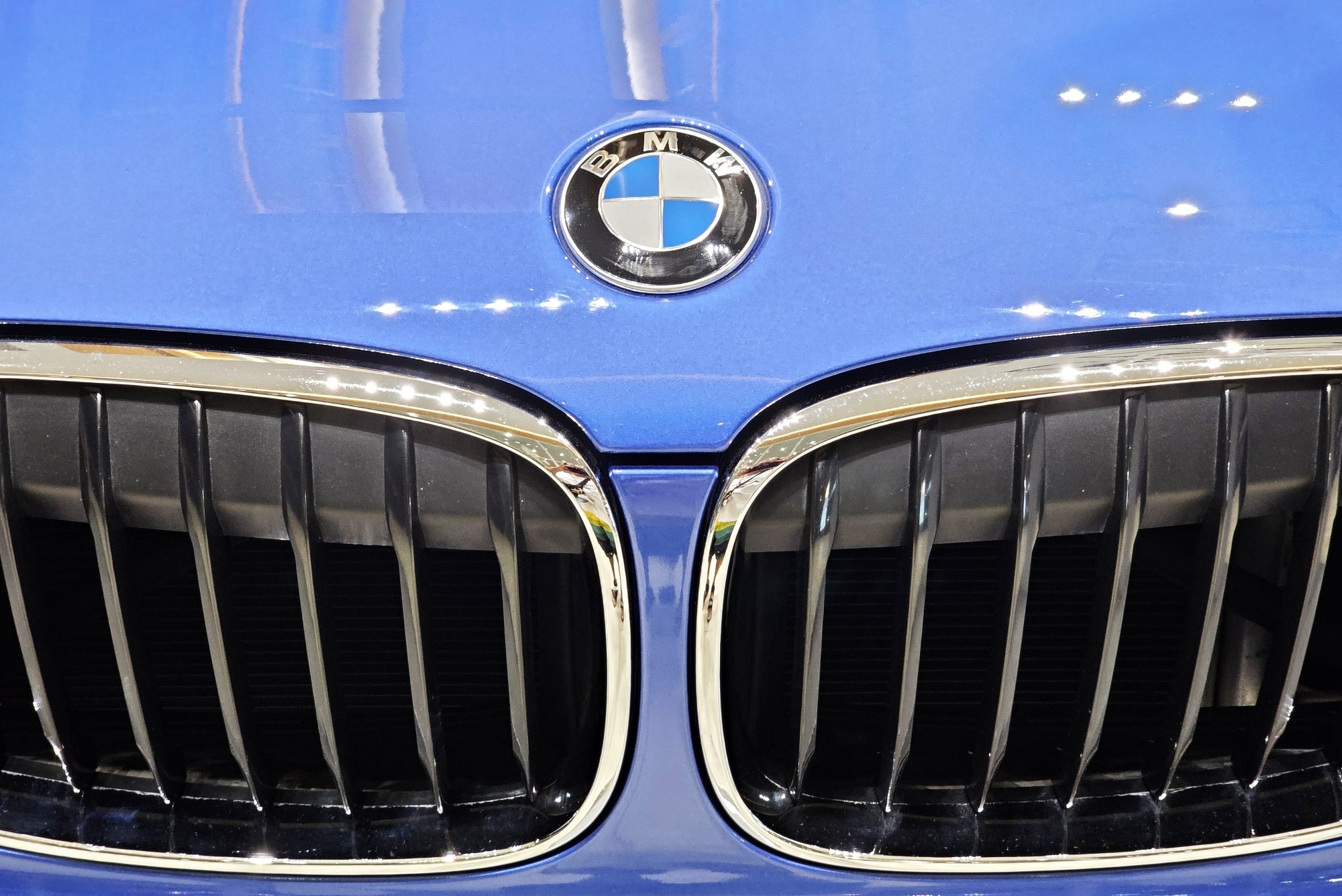Now Reading: System for “radical collaboration” on emissions data expands to the U. S.
-
01
System for “radical collaboration” on emissions data expands to the U. S.
System for “radical collaboration” on emissions data expands to the U. S.

Key points
Several car companies have tested the Catena-X data-sharing network
The system is made to speed up information flow in supply chains
Catena-X might be a model for similar solutions in different sectors
A tool facilitating collaborative efforts regarding sustainability data will expand from Europe to the U.S. in the coming months. Catena-X is a data-sharing platform used by automotive firms to swap product carbon footprints and other sustainability details. Initially developed by BMW and other European companies, the system was tested last year. Now, the Automotive Industry Action Group, a non-profit fostering collaboration among industry partners in the U.S., is preparing to provide Catena-X to its nearly 5,000 member firms.
The system is meant to streamline the numerous challenges faced by automotive companies when sharing sustainability data, such as different software systems. Likewise, smaller companies deeper in the supply chain struggle to efficiently measure and exchange data with larger manufacturers.
Common ground
Catena-X establishes a common language for partners in the value chain. Oliver Ganser, BMW’s vice president leading the Catena-X board, likened the system to email protocols enabling users of various software like Gmail or Outlook to seamlessly exchange messages. “Now SAP can talk to IBM,” he stated, referring to two tech companies offering sustainability software to the auto industry.
Apart from BMW, the Catena-X board includes members from Renault, Siemens, Mercedes, and others.
The system also provides “kits” for suppliers to calculate data they wish to share, like the carbon footprint of specific products, along with rules enabling firms to control access to commercially sensitive data.
After approximately three years of development, Catena-X was tested last year. In one trial, BMW’s Landshut plant in Germany used it to receive data from Covestra, a supplier of the car company’s grille components. The shared data included all emissions from raw material extraction to manufacturing. Following the transfer to BMW, the data was integrated with Siemens software used to monitor the company’s emissions.
Another test involved Witte Automotive, a supplier of door hardware to BMW and others, using Catena-X to efficiently calculate a product’s carbon footprint. A third pilot featured data exchange among Ford, semiconductor maker Micron, and Flex, an electronics designer and producer. Unlike BMW, this trio was not involved in Catena-X’s development.
Expanding in the U.S.
Following the completion of these pilots and registration opening last October, over 140 firms began using the system, said Ganser. U.S. companies will soon be invited to join. Kevin Piotrowski, chief transformation officer at the Automotive Industry Action Group, will soon announce a formal collaboration with Catena-X and invite members to utilize it. Piotrowski noted, “They want to collaborate and share data, but they don’t want to do it five or ten different ways. We’ve got to come up with a standard way.”
While tailored for automotive firms, the emergence of Catena-X hints at the possibility of various industries eventually connecting to a shared structure for sharing sustainability data. For instance, Catena-X includes fundamental principles from the Partnership for Carbon Transparency, an industry-neutral initiative by the World Business Council for Sustainable Development that established a standard for sharing Scope 3 data.
Ganser mentioned, “Catena-X was intentionally created for the automotive sector, addressing its unique complexities, multi-tier supply chains, and regulatory requirements. Nonetheless, it was developed from the start as a model for other sectors encountering similar obstacles.”






